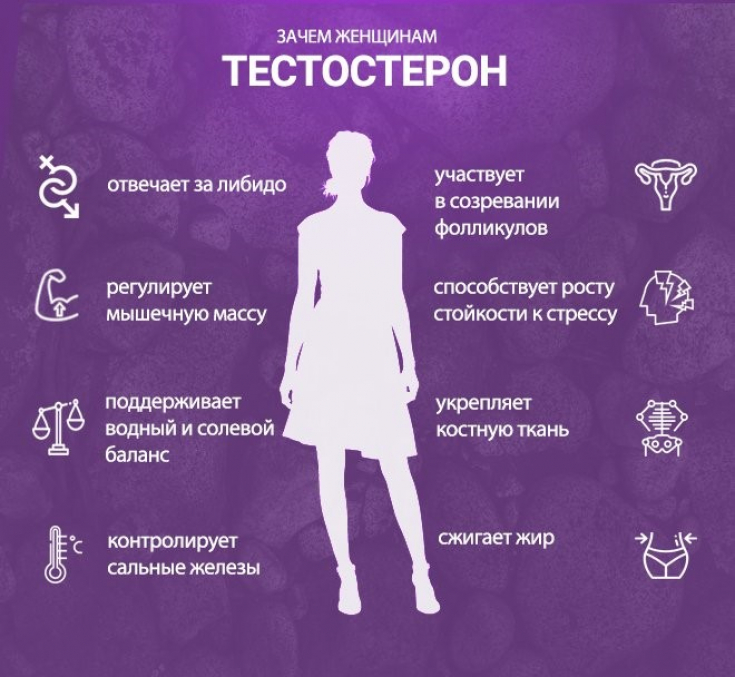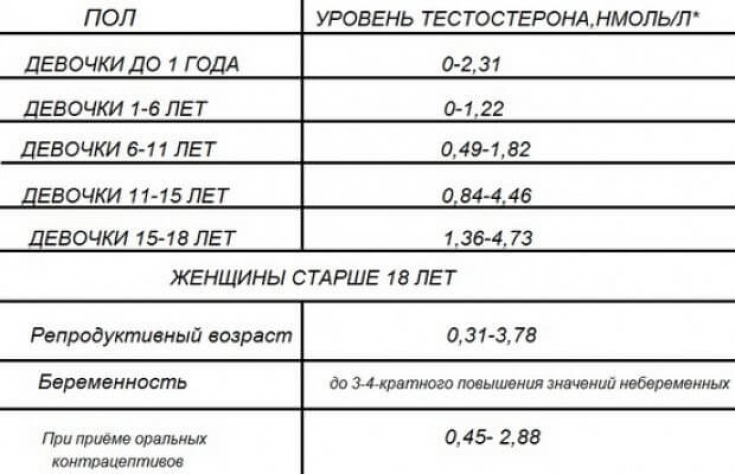Across the world testosterone therapy for women is still prescribed in the absence of a well-established indication. In the past decades, in order to reduce the severity of various symptoms, clinicians have suggested to patients the use of testosterone, despite the benefitsand risksof this treatment. In fact testosterone is prescribed "off the label" and women are either using drugs for men with a dosage change or receiving a combination treatment.
Find out in the article on estet-portal.com about the features of prescribing testosterone for women in the pre- and postmenopausal period.
- Features of prescribing testosterone for women
- Mechanisms of action of testosterone hormone therapy in women
- Side effects of testosterone therapy in womenn
Peculiarities of prescribing testosterone for women
There is a compelling argument − create a global consensus statement based on evidence basedand educate healthcare professionals about the known benefits and possible risks of testosterone hormone therapy for women.
Follow us on Instagram!
It is also necessary to identify the symptoms, signs and conditions under which prescribing testosterone for women is warranted, explore the margins of uncertainty, and identify any potentially harmful practices.
Read also: Menopausal skin: when hormones show up on the face
Variants of action testosterone:
- directly through the androgen receptor − non-genomic androgenic mechanism;
- by reduction to active dihydrotestosterone and/or aromatization to estradiol and its metabolitec.
Mechanisms of action of testosterone hormone therapy in women
Testosterone therapy at doses close to physiological (during the intermenopausal period) has a beneficial effect on sexual function in women and increases sexual desire.

The data obtained in the studies confirm that there is no effect on bone mineral density of the spine, hip in general and the neck of the femur in particular over a 12-month observation period (level IIA) testosterone has no.
The only evidence-based reason for prescribing testosterone therapy in postmenopausal women is the diagnosis of HSDD − hypoactive sexual desire disorder / dysfunction − reduction / dysfunction of sexual desire in women.
The level of total testosterone in serum can be determined with a high degree of accuracy and reproducibility (level B) using:
- liquid/gas chromatography;
- tandem mass spectrometric analysis.
Read also: The Secret to Longevity: Controlling Thyroid Hormones
In order to exclude the possibility of high initial or above physiological serum testosterone concentrations during treatment, in clinical practice it may be appropriate direct immunological tests if both methods are not available: liquid / gas chromatography, and tandem mass spectrometric analysis.
Current studies on the clinical effects of testosterone in women should focus on measuring total testosterone as a primary biomarker rather than "free" testosterone. serum testosteronei.
No anabolic effect of testosterone was observed in women, in particular, no statistically significant effect of testosterone at physiological doses on total fat, muscle strength and muscle mass.
Side effects of testosterone therapy in women
Recommendations regarding possible side effects of androgenic effects testosterone therapy in women:
- Systemic testosterone therapy at physiological doses in selected postmenopausal women is associated with acne, slight increase in body and facial hair, but not associated with alopecia or voice changes (level IIA).
Read also: Estrogens on the alert: female sex hormones against aging
- Oral testosterone therapy is associated with an unfavorable lipid profile and negative effects on cholesterol, low and high density lipoprotein levels and cannot be recommended in cardiovascular disease (Level IIA).

It is important to note that non-oral (transdermal, injectable) testosterone therapy at physiological doses in premenopausal women has no statistically significant side effects on lipid profile in the short term.
Read also: Women's problems that are eliminated when hormonal balance is restored. Part1
Regular monitoringof patients' response to treatment and for signs of androgen excess, measurement of total serum testosterone every 6 months to prevent prescribing excessive hormonal therapy.
More useful information on our YouTube channel:







Add a comment